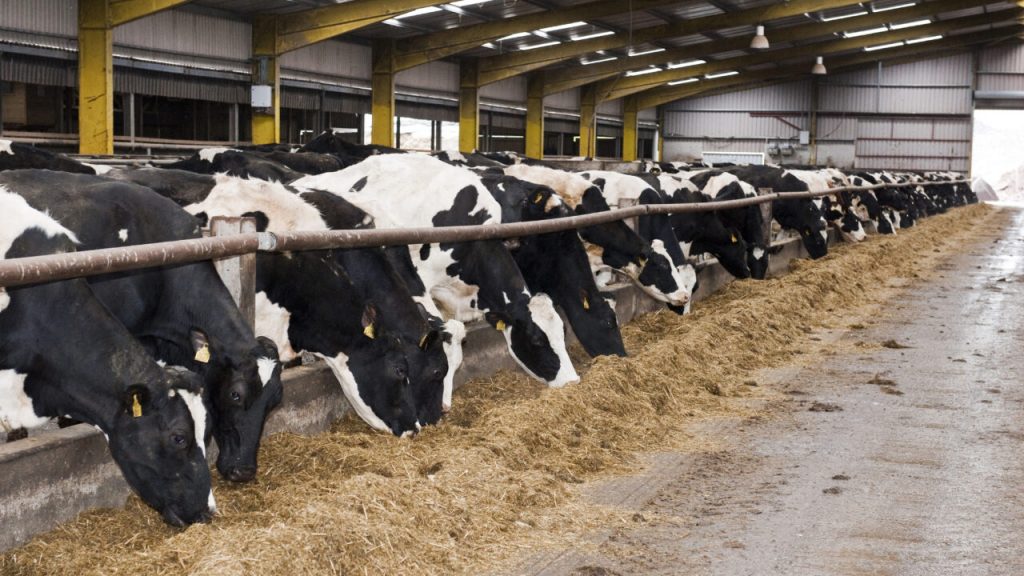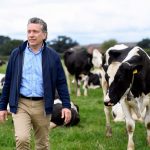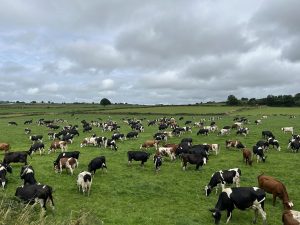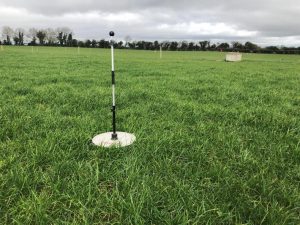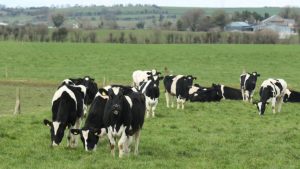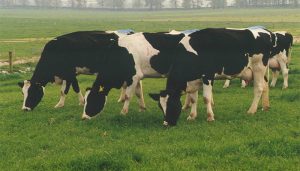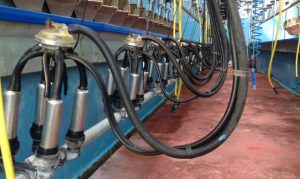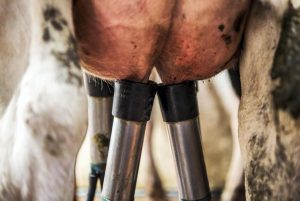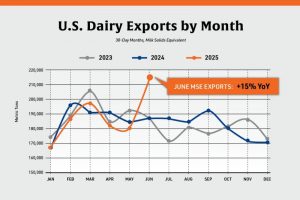
The very mild weather into November has meant that most cows around the country are still out at grass, and feeding the dairy cow properly as we transition from grass to housing has to be prioritised.
As the end of the lactation draws near, farmers must ensure that their cows are in good order for the upcoming dry cow period.
Before you open up your silage pit, it might be a good idea to reassess your fodder budget in order to ensure that you have enough feed to get you through the winter months.
Body condition score (BCS) a few weeks before the scheduled start of drying-off, as thin cows (BCS less than 2.75) may have to be dried off earlier to allow them to build condition.
Along with thin cows, first-lactation cows calving down in February should also be considered for drying off early, as their first lactation can be hard work and stressful, and they will need extra time to recover and clave down above a BCS of 3.
Feeding the dairy cow
Good silage quality is crucial, as it is going to be the difference in feed costs at the end of the winter and will play a crucial role in helping dry cows achieve adequate BCS gains over the winter.
Farmers need to get their silage tested so they know what they are feeding their cows, and they can then make a feed plan based on dry matter intake (DMI).
Heavier cows and late calving cows should be grouped together. Farmers should ensure that they receive adequate silage, but don’t feed them ad-lib if silage quality is over 70% dry matter digestibility (DMD).
Over-conditioned cows are as high a risk to problems as thin, under-conditioned cows, as it can lead to milk fever and other metabolic disorders in spring.
Poor quality silage leads to more supplementary meal required to achieve a BCS gain and is going to ramp up the costs of production and feeding over the winter months.
The effects of silage quality on BCS change over an eight-week dry period and the supplementary meal required to achieve a 0.5 BCS gain as per Teagasc, is as follows:
| Silage DMD | 62 DMD | 68 DMD | 72 DMD |
|---|---|---|---|
| 8-week dry period BCS change | -0.16 | +0.20 | +0.50 |
| Extra meal required to gain 0.5 BCS | 3 kg | 1-1.5 kg | 0 |
This highlights the importance of getting your silage tested so that feed plan can be put in place to make sure your cows are calving down in the right condition.
Minerals
It is recommended that you introduce minerals at least six weeks before the planned start of calving, which for many herds will coincide with the last of the cows getting dried off just before Christmas.
Trace elements like copper, iodine, selenium, and zinc are all crucial for cow and calf health and should be included in cows’ diets in the lead up to calving.
When you are selecting mineral sources, many boluses will not include essential nutrients, such as magnesium, phosphorus and vitamins, and they should not be forgotten about, especially vitamin D.
Vitamin D and magnesium are essential for calcium mobilisation and preventing cases of milk fever and cows will require roughly 0.4% magnesium/kg DM, with silage typically contributing 0.15% kg dry matter (DM), according to Teagasc.
A decent pre-calver mineral will have 20-25% magnesium at a rate of 120g and this will help meet the cow’s magnesium requirement.
Avoid pre-calving feeds high in phosphorus like palm kernel, and only supplement with P if cows have a diet consisting of low-P feeds, like fodder beet.
At least 12,000 units/100g of vitamin D should be included in a cow’s diet, while including trace minerals such as copper, zinc, selenium, manganese, iodine and cobalt with protected sources included where required.
If there has been milk fever issues on the farm in recent years, your dry cow silage should be analysed for mineral content to reduce the risk of feeding high potassium silage close to calving.
You can now read the most important #news on #eDairyNews #Whatsapp channels!!!
🇺🇸 eDairy News INGLÊS: https://whatsapp.com/channel/0029VaKsjzGDTkJyIN6hcP1K
